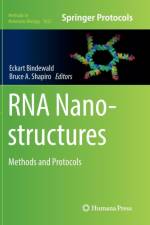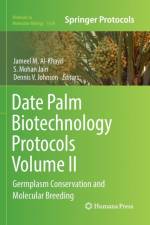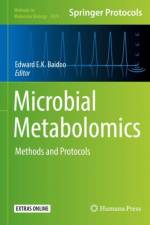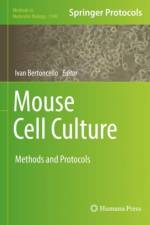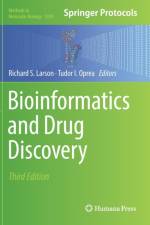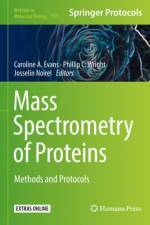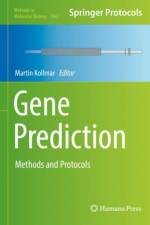- Methods and Applications
1 759
This volume covers a large area, from the description of methodologies for data analysis to the real application. Chapters focus on methodologies for preprocessing of microarray data, a survey of miRNA Data analysis, Cloud-based approaches, application of data mining techniques for data analysis, biclustering to query different datasets, web-based tool to analyze the evolution of miRNA clusters, application of biclustering to mine patterns of co-regulated genes ontologies, microarray and proteomic Data, Gene Regulatory Network Inference, Gene Regulatory Network methods, analysis of Mouse data for metabolomics studies, analysis of microRNA data in Multiple Myeloma, microarray data analysis in Gliobastomas, and microRNA data in Cardiogenesis.Written for the Methods in Molecular Biology series, chapters include introductions to their respective topics, lists of the necessary materials and reagents, step-by-step, readily reproducible laboratory protocols, and tips on troubleshooting and avoiding known pitfalls.Authoritative and practical, Microarray Data Analysis: Methods and Applications, Second Edition aims to ensure successful results in the further study of this vital field.

